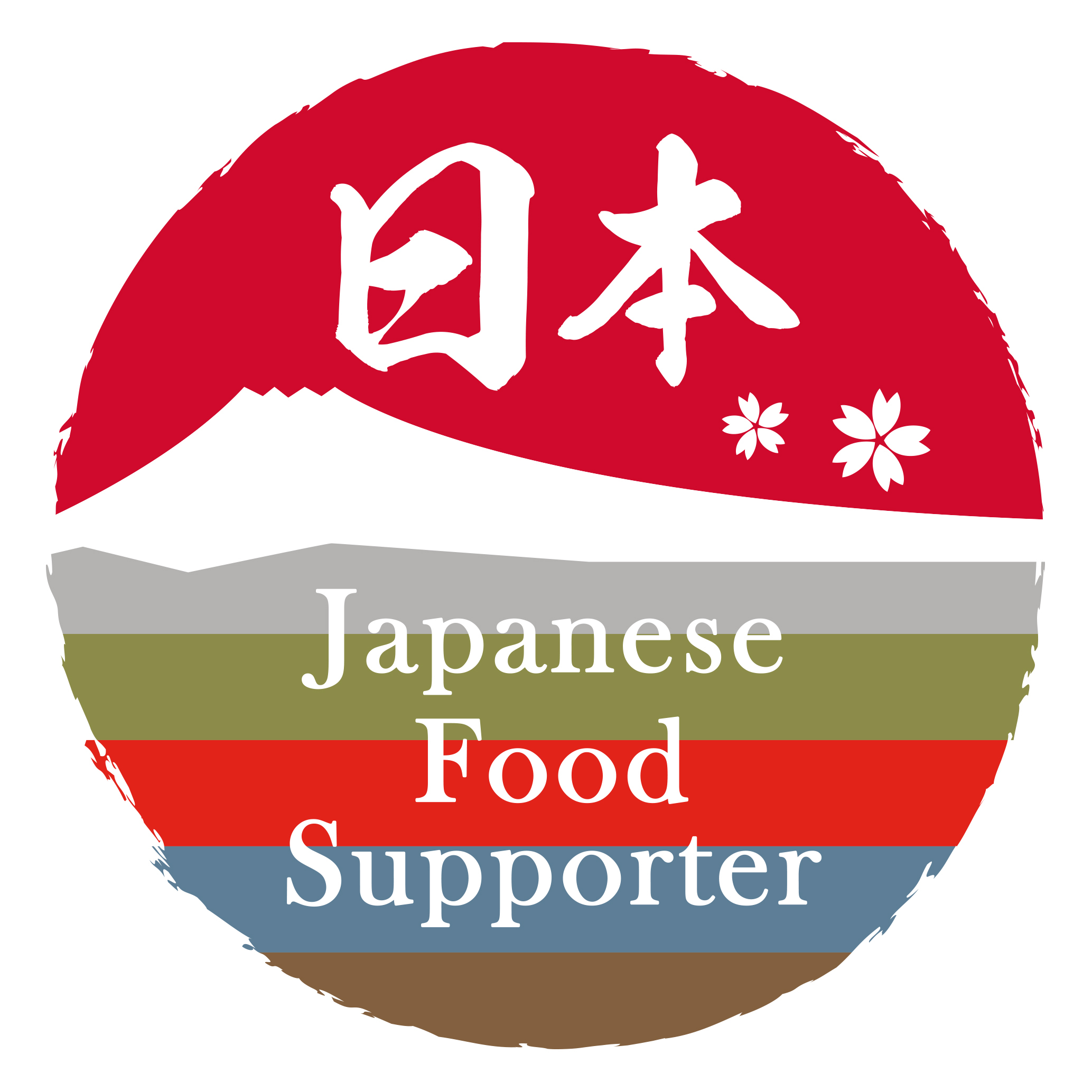Sake produced byInata Honten sakaura, which is generally dedicated to nihonshu intended to be drunk as an accompaniment to food and which, also in this case, offers a product with a clean taste with few raw flavors (zatsumi), therefore suitable to be consumed during meals.
The green bottle and white label with ears of rice are inspired by the Japanese countryside, while Inatahime is the name of the Japanese goddess of marriage and happiness; An invitation, therefore, to spend long evenings with friends and partners, savoring good food and good times.
Inatahime sake Junmai Ginjo has existed for a long time, although the exact year of its birth is unknown. What we do know is that after World War II, Japan suffered from food shortages and sakaura, not producing a basic commodity, struggled to secure enough rice to produce sake. However, people were still looking for this drink, to alleviate the daily fatigue and find some comfort, and that is why they began to overcome the problem by adding alcohol for sake (usually made from sugar cane) to the final product.
The demand for sake continued to increase even at the end of this period of crisis and, to meet the continuous demands, they continued to sell sake with added alcohol.
In this context, in 1967 Inata Honten sakagura was the first in Tottori Prefecture to produce junmai-shu (sake without added alcohol) with the aim of enriching future food culture and, specifically, that referring to nihonshu.
According to the production data of those years, the percentage of rice polishing was 55-60%, but, despite this, sakagura did not produce ginjo at low fermentation temperature and limited itself to selling its sake as Junmai-shu. Junmai Ginjo Inatahime is, therefore, the fruit of this process.










